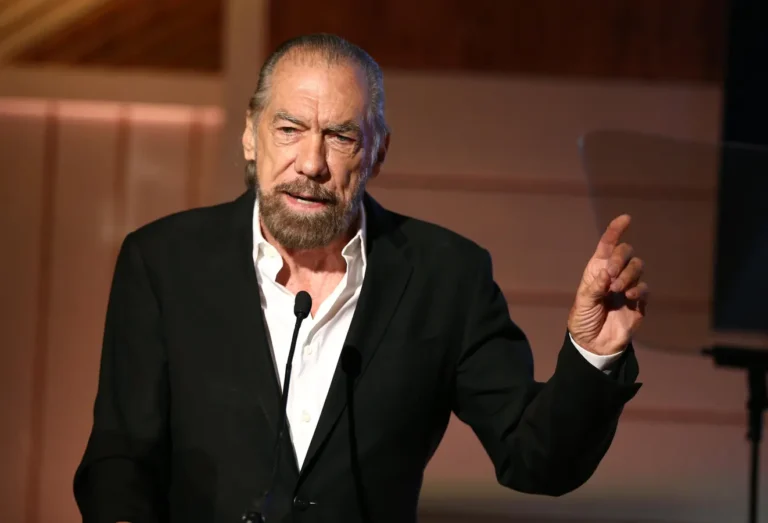One of the most interesting and unstable stories of currency in recent economic history is the United States Dollar to Zimbabwe Dollar exchange rate. It shows how a country is fighting hyperinflation, financial crisis and how the country is trying to restore a stable economy. To comprehend this exchange rate it is important to look at its historical background, the effects on the economy and what monetary policy is presently doing in Zimbabwe.
History of the Zimbabwe Dollar in a Nutshell.
The Zimbabwe Dollar (ZWD) was introduced in 1980 as a replacement to the Rhodesian Dollar upon the independence of the country. At the inception, the Zimbabwe Dollar had nearly the same value as the U.S. Dollar and was a reputable currency in Southern Africa.
But, as the late 1990s and early 2000s approached, political instability, corruption, and economic mismanagement caused collapse of major industries, primarily agriculture. The government started issuing additional money to finance deficits, which led to one of the most hyperinflationary periods in history.
At a rate of every few hours, prices were doubling by 2008. Tillions of dollars worth of banknotes were printed in Zimbabwe, but they were practically worthless.
The Zimbabwe Dollar Reintroduction and the Zimbabwe Dollar Return.
In 2019, the government of Zimbabwe resurrected the use of the Zimbabwe Dollar (ZWL) as its only legal tender in hopes of reasserting its financial independence. The resurgence of the local currency, however, stoked up the fires of inflation once again.
People, companies and even the government agencies still favored the stability of the United States Dollar and a dual currency economy arose. The USD is the most reliable and common medium of exchange in most regions of the country, particularly in transactions involving large value.
Recent Exchange Rate Dynamics.
According to recent statistics, the United States Dollar to Zimbabwe Dollar rate has been fluctuating because of inflation and economic insecurity.
To illustrate, a U.S. Dollar may be equivalent to hundreds or even thousands of Zimbabwe Dollars depending on the market. The difference between official and unofficial rates reflects little confidence in the local currency.
Some of the factors that determine the rate are:
- Inflation: Stable and constant price increases devalue Zimbabwe Dollar.
- Shortages of foreign currencies: The scarcity of U.S. Dollars also creates demand and drives the rates up.
- Government policy: The constant shifts in monetary regulations lead to uncertainty.
- Public confidence: The confidence, or the lack of confidence of people, has a direct impact on the stability of currency.
The United States Dollar in the Zimbabwean economy.
The economy of Zimbabwe still rests on the United States Dollar. A lot of salaries, rents and imports are quoted in USD. To the citizens, possession of U.S Dollars is considered to be a security against inflation and currency devaluation.
Companies also like dealing in USD as they can more reliably predict their costs and revenues. One example of an industry that greatly relies on U.S. Dollars is the tourism industry as global tourists want a stable price.
The economy is a de facto dollarized system; the USD and the ZWL exist on an equal footing although the government tries to encourage the use of the local currency.
Problems of the Zimbabwe dollar.
The United States Dollar to Zimbabwe Dollar relationship is still facing a number of problems:
- Volatility of inflation: Prices are still increasing very fast, which makes the value of ZWL weak.
- Exchange rate Gap: This is the difference between the official and black rates which is confusing and inefficient.
- Low confidence in Financial Systems: Citizens tend to shun banks because of withdrawal limits and fluctuating rates.
- Low Foreign Investment: Foreign investors are scared away by uncertainty about the currency.
- Dependence on imports: Zimbabwe depends largely on imported commodities which have to be paid using stable foreign currencies such as the USD.
These problems form a circle in which the currency continues to depend on the U.S. Dollar, and the Zimbabwe Dollar has a hard time gaining strength.
Government Action and Prospects.
In an attempt to stabilize the currency, the government of Zimbabwe has implemented different measures such as the use of digital tokens backed by gold, a stronger control of the monetary supply, and the encouragement of the use of local currency in domestic transactions.
These efforts are promising, but the most important thing is to restore public trust. Analysts feel that unless the Zimbabwe Dollar is shored up with sound fiscal discipline, enhanced productivity, and a sound governance, it will remain hard to compete with the United States Dollar.
But with reforms ongoing and inflation being contained, Zimbabwe may slowly regain trust in its currency, and lessen the reliance on the USD.
Conclusion
The United States Dollar to Zimbabwe Dollar exchange rate is not just a financial figure, it is the experience of the Zimbabwe economy. Hyperinflation and currency collapse to reform and resilience, the monetary history of the country provides excellent insights on the importance of trust, policy, and persistence.
As Zimbabwe strives to stabilize its economy, the ratio of the United States Dollar to the domestic currency will be at the center of its development and rebirth.
FAQs
Why is Zimbabwe so dependent on the United States Dollar?
The U.S dollar gives stability and buying power to an economy where the local currency tends to lose its value in a short duration of time because of inflation.
When did Zimbabwe Dollar become known?
The Zimbabwe Dollar came into use in 1980, after the Zimbabwe country gained independence over the Rhodesian Dollar.
Why did the original Zimbabwe Dollar fall?
Extreme hyperinflation, economic mismanagement, and over-printing of money led to the loss of value of Zimbabwe Dollar.
Is the Zimbabwe dollar in use today?
But it shares the United States dollar in a dual currency system. UD currency is more popular with many businesses and individuals due to its stability.
How much is the United States Dollar worth in Zimbabwe Dollar?
The rate varies every day as a result of inflation and policy changes and the unofficial rate of exchange can be much higher than the official exchange rate.









